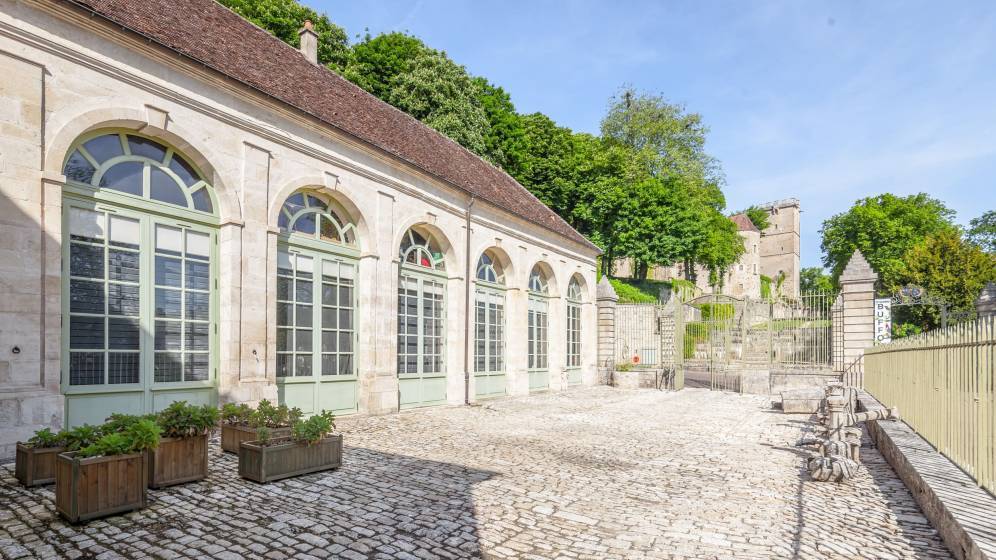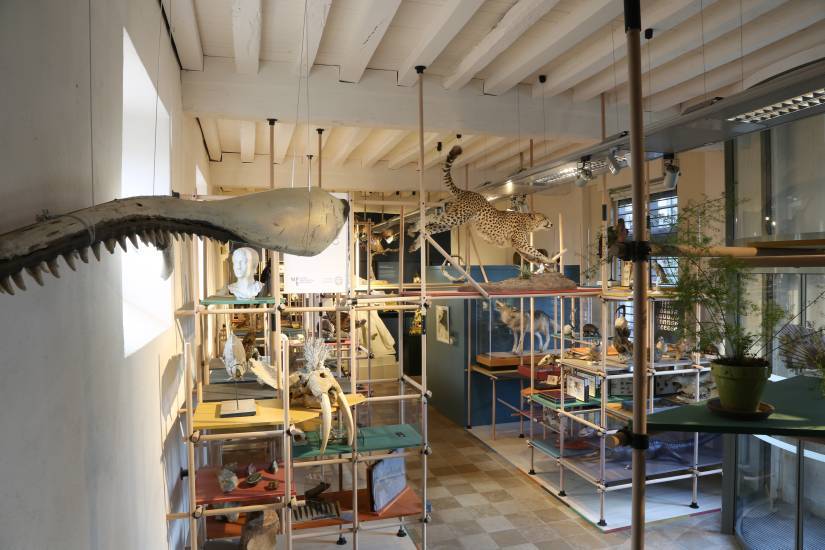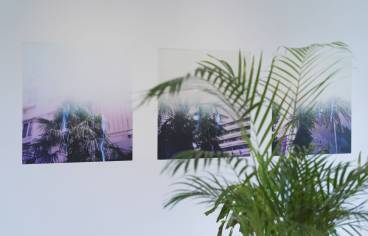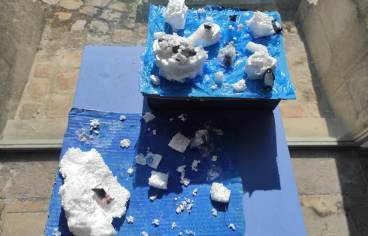Today, Buffon, formerly known as the “Pliny of Montbard,” has every reason to come back strong as a guardian (and brilliant) figure of our environmental concerns. Buffon fully accepted the notion ofnatural history, as proven the 36 volumes written in his hand in the second half of the eighteenth century. This scientific discipline born in Antiquity and which means nature survey, after being divided into special sciences (zoology, mineralogy, geology, botany, biology, etc.), extends today to paleontology and especially anthropology. It takes on a whole new vigour, as it is seen in the 21st century as a multidisciplinary systemic approach. It is, no more and no less, today, than the study of the current biodiversity of our planet, enveloping without opposing them man and nature.
Abundance and wonder
It is in the spirit of this powerful scientific renewal that the Buffon Park and Museum, in Montbard en Côte d'Or (Burgundy-Franche-Comté), presented to the public on the occasion of the European Night of Museums, the method, the works and the spirit of the great scientist in a completely new museum journey. This permanent journey also includes temporary collections from some 15 institutional lenders (Thinking about nature, all concerned, until 1 November 2023), including the essential National Museum of Natural History, in Paris (formerly Jardin du Roi, of which Buffon was, precisely, the superintendent from 1739 to his death). The label Exhibition of national interest » crowns this exceptional ensemble.
We will see, as soon as the entrance, « the abundance of mineral, vegetable and animal worlds, at all scales, to create an effect of wonder, with objects of all horizonsexplains Lionel Markus, the museum director. Then, the tour will show how the naturalist Buffon could study nature in every detail, without ceasing to be interested in it as a whole. Visitors will be able to listen to and read excerpts from theNatural history, and understand the scientific approach, which differs from that of today only by its means (photography, scanning, geolocation, etc.), not by its principles. »
Experiences and curiosities
The Bird Room, one of the treasures of the collections, will not be missed at any price. Around a nest-shaped wooden structure, where naturalised specimens are placed, the walls receive some of the thousand magnificent prints that the museum has, presented here by rotation. A beautiful curiosity, too, that this clock lent by the National Museum of Natural History, witness of the Enlightenment era, where a kind of «Buffon-mania» was installed, it shows the great man, the pen in hand, near the beings of nature and time.
A time when scientific discoveries were upsetting certain statements supported by the Church, Buffon being famous for having been the first to propose a method of calculating the age of the Earth, which pulverized the figure given by the Bible. An experimental calculation recently reconstructed by the museum (watch video). Finally, this Night of Museums 2023 will also be, at the Montbard Museum, the night of the blob ! Four experiments on this singular being, and a meeting with Vanessa Baron, scientific mediator of the Paris Zoo.
Celebrating museums across Europe
More than 3,000 museums in nearly 30 European countries are participating in this 19th edition of the European Night of Museums. During this evening on May 13, 2023, the museums open their doors free of charge and offer various activities.
A unique opportunity to discover the permanent collections and temporary exhibitions showcased. A program of arts and cultural education, “the class, the work!” on the same day allows mediation by school students.
Partager la page




